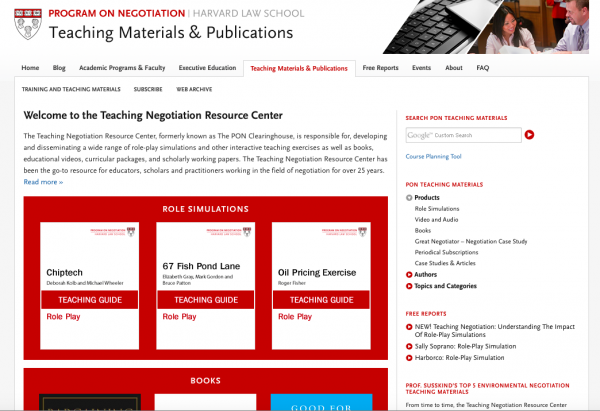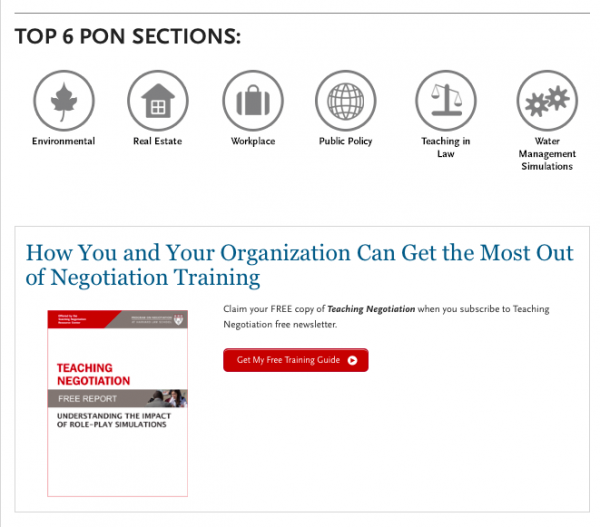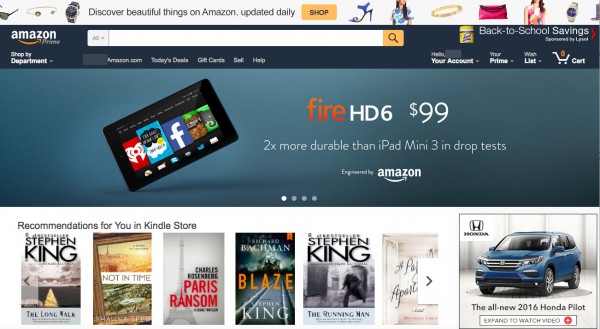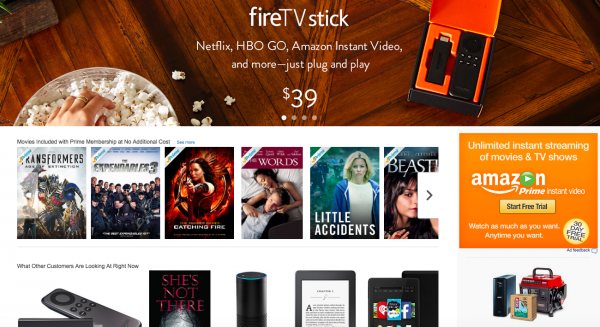Retail creates a profitable online revenue model for the smallest operation to the largest
The interesting thing about the retail website business model is this: The largest online retailer in the world started out as a bookstore.
For those of you old enough to remember, Amazon has not always been the unchallenged retail king of the Internet, selling everything from air conditioners to Ziploc bags. What we now think of as the most futuristic, virtual retail company of all time got its start using the Internet to sell good old-fashioned print books.
[text_ad]
We suspect Amazon achieved its remarkable transition from books to every other product in the world because as a bookseller, it was able to harvest a whole lot of data about its customers. Knowing what people are interested in on a fundamental level is a big help when it comes time to choose other products they might also like. It’s like having a direct view into a customer’s brain.
Fascinating piece of trivia: The first book sold by Amazon was Douglas Hofstadter’s Fluid Concepts And Creative Analogies: Computer Models Of The Fundamental Mechanisms Of Thought in April 1995. The buyer, John Wainwright, is actually famous in his own right as a computer scientist, but he is now almost as legendary for that purchase. He’d been given a beta invite to a new company and ordered a book. Supposedly the Wainwright building on Amazon’s campus is named after him, rather like framing the first dollar you ever received when you opened your business.
In any case, thanks to Amazon, here we are today, studying the website business model that allows us all to avoid shopping malls forever, if we so choose.
Examples of the retail website business model
You may have read about Harvard Law School’s Program on Negotiation as the publisher of our niche newsletter mentor site. As a Mequoda client, they are also expert at operating a retail website, where they sell copious numbers of teaching materials, including videos, books and role-playing packages.
The home page features some of their more popular products, followed by popular topics. And of course, being a Mequoda client thoroughly versed in the Mequoda method, there’s even an OFIE (order form in editorial) at the bottom of the page promoting a freemium on teaching negotiation. Not many retailers can say their products are worthy of a Special Report, but this is Harvard, and these products are all about teaching, so the topic has plenty of meat to it.
Amazon, of course, needs practically no introduction. (It’s the world’s largest online retailer by revenue, though it has been overtaken by Chinese competitor Alibaba when ranked by capitalization — and Alibaba is also moving up fast in the revenue department.) Is there a resident of this planet outside of China who doesn’t visit the site at least once a week? Nevertheless, it’s interesting to compare their home page for a known user to the version that is served to the rare visitor who’s been living under a rock for 20 years and does not yet have an account. For this, of course, you have to remove the cookies from your browser.
First, the known user:
Amazon, with all the necessary technological bells and whistles at its command, uses its direct line into your brain to serve up personal recommendations. Interestingly, this time it’s recommending books … almost as if nothing has changed since the old days (except it’s recommending digital books for its own Kindle e-reader!). Other times it recommends different products similar to the last few things you shopped for. Of course it doesn’t neglect promotions of new products, such as the latest Kindle or Fire product.
As a more modest niche publisher, PON only makes one change to its retail site for a known user: It eliminates the automatic floater unknown users see, which urges them to give PON their email addresses in exchange for a free report.
For unknown Amazon users, the home page is once again all about promoting its own products, and this time, having no telepathic cookies to tell it what the user likes, offers up what’s popular with other users — “What Other Customers Are Looking At Right Now.”
Characteristics of a retail website business model
Like three of the free website business models, the retail site publishes new “content” frequently. However, there’s little resemblance between this site and any of the others, free or paid.
| Who Pays | MIU | Frequency | % UGC | Authors | Browse/Search | Homepage | Video | |
| FREE (AFFINITY) | ||||||||
| Portal | Sponsor | Post | High | Moderate | Many | Search | Varies | Sometimes |
| Directory | Sponsor | Listing | High | Low | Many | Browse | What’s new | Sometimes |
| Community | Varies | User profile | High | High | Many | Search | Varies | Sometimes |
| Lead Gen | Sponsor | Free product | Low | Low | Many | Browse | Varies | Sometimes |
| PAID (PREMIUM) | ||||||||
| Magazine | Varies | Article | Low | Low | Many | Browse | What’s new | Sometimes |
| Newsletter | User | Article | Low | Low | Few | Browse | What’s new | Sometimes |
| Library | Varies | Record | N/A | Low | Many | Search | What’s Popular | Sometimes |
| Classroom | User | Lesson or course | Low | Low | Many | Browse | Varies | Always |
| Event | Hybrid | Single event | Low | Low | Low | Browse | What’s new | Sometimes |
| Retail | User | Product | High | High | Many | Browse | Varies | Sometimes |
Who pays: The user, of course, pays for the “content” on a retail website.
MIU: The minimum information unit of a retail website is a product.
Frequency: As mentioned above, publishing frequency is high. A retail store’s buyer is constantly adding new products, and new products are what drives sales. For niche sites that can’t afford to buy new products continually, a great strategy is to create bundles or packages to at least create the illusion of new products.
User-generated content: User-generated content is high for mass media sites like Amazon. The product review is absolutely critical, as it gives a site greater credibility and also drives traffic.
Number of authors: There are many authors or manufacturers at a retail site, which is necessary to continually add new products. This is the only way to keep a lot of inventory that’s fresh and diverse. At PON, of course, there are as many authors as there are faculty members. And who doesn’t want to sell their products on Amazon?
Browse or Search: Smart retailers know that shoppers want both. Some of us always search directly for what we want. But research shows that the all-important impulse buy — those items that go into the cart in addition to what the shopper thought he or she wanted — come much more often from browsing via category links. Jared Spool’s User Interface Engineering company found that browsing accounted for 87% of the dollars spent on impulse purchases, with only 13% of the impulse buy spending coming from search engines. That means if you have a retail website, your browse navigation is critical. If it’s confusing, your shoppers will resort to search, and you’re leaving a whole lot of money on the table.
Home page: The retail site features what’s popular on its home page, which, as I noted above, both Amazon and PON do. Of course Amazon actually manages to include what’s new on its page, such as the latest Fire stick, because it has the capability to rotate images and promotions.
Video: As with all other sites other than the classroom site, retails sites may or may not have videos on display.
Amazon has certainly shown us what a retailer of books can do with a mass media retail site. And since all publishers are rich in written content, this lesson is important for the industry. You’ve got content; if you follow the Mequoda Method, you repurpose content into books and DVDs. Why aren’t you already ramping up a full-scale retail site similar to PON’s?
Tell us in the comments why you do or don’t run a retail site along with your publishing site. Remember, we update out posts regularly, so your insights can help us evolve these topics!






